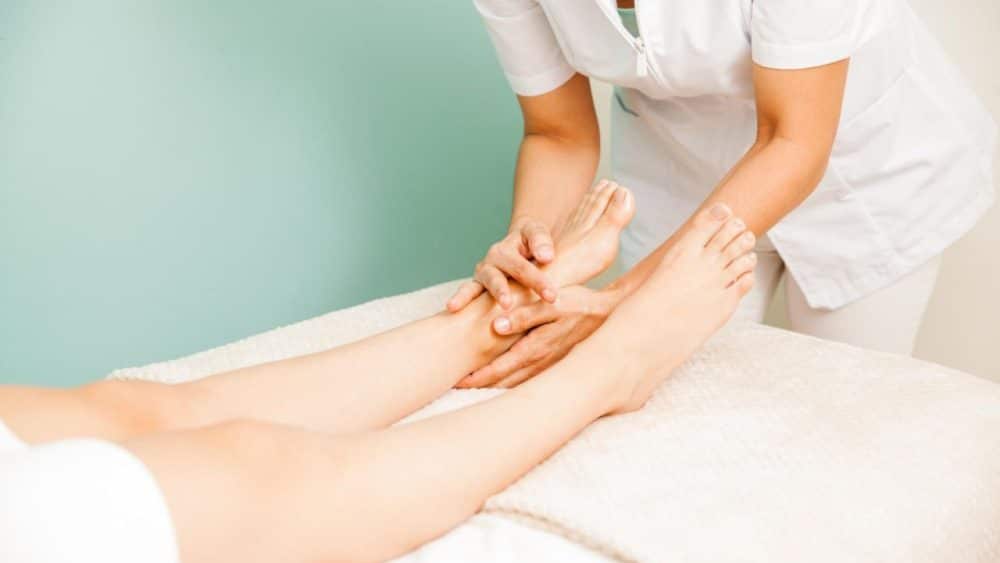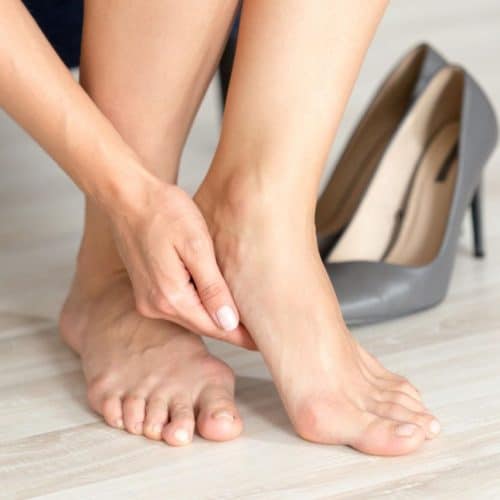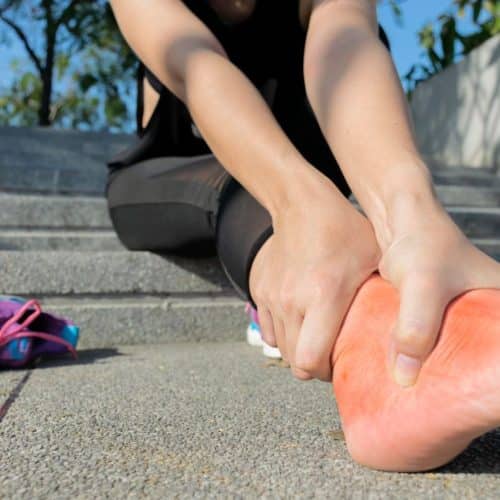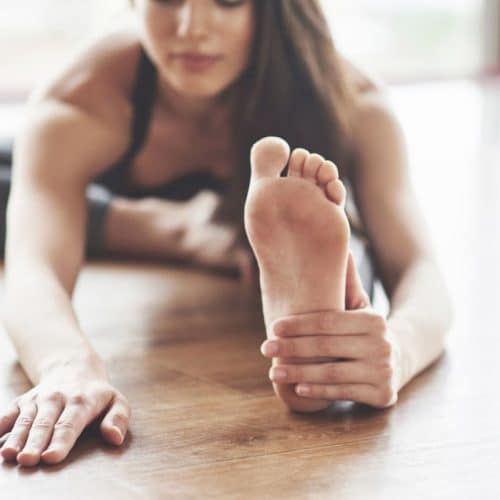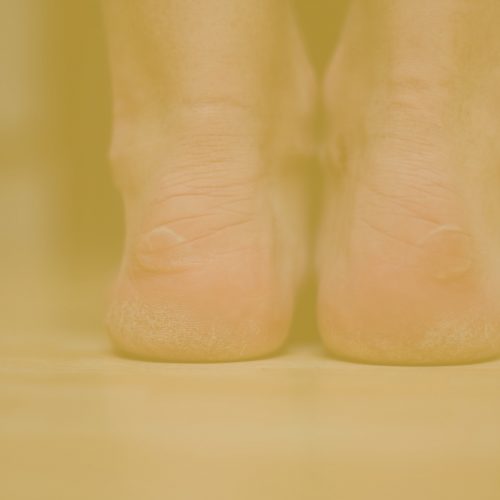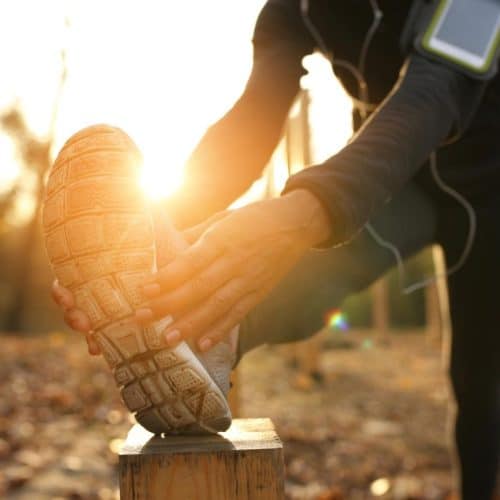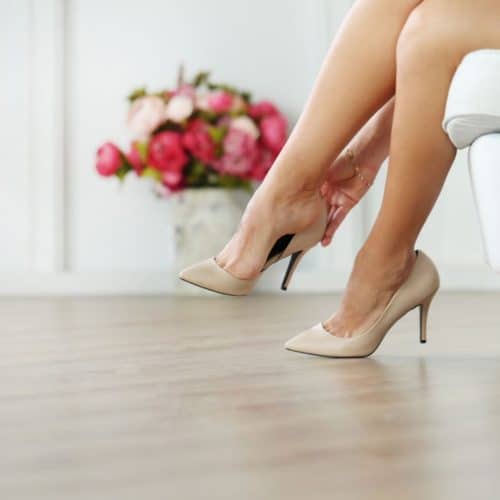Diabetes, a chronic condition that affects millions worldwide, can lead to a range of complications, one of which is diabetic foot. Managing diabetic feet is crucial to prevent infections, ulcers, and, in severe cases, amputations. Here’s a comprehensive guide on how to treat diabetic feet naturally and maintain optimal foot health.
Maintain Regular Physical Activity
Physical activity plays a pivotal role in managing diabetes and ensuring the health of your feet. Engaging in regular exercise not only helps in controlling blood sugar levels but also promotes good circulation, which is essential for foot health. Here’s a deeper dive into the importance of maintaining regular physical activity for individuals with diabetes:
1. Benefits of Physical Activity for Diabetic Feet
- Improved Circulation: Exercise helps enhance blood flow to the extremities, including the feet. Good circulation is vital for wound healing and preventing foot complications.
- Strengthening Foot Muscles: Activities that engage the foot muscles can help maintain foot strength and flexibility, reducing the risk of injuries.
- Blood Sugar Regulation: Regular physical activity aids in effectively utilising glucose by the body, helping maintain stable blood sugar levels.
2. Types of Exercises Beneficial for Diabetic Feet
- Walking: A simple yet effective exercise, walking can be easily incorporated into daily routines. It’s low-impact and helps in improving circulation to the feet.
- Swimming: Swimming is a full-body workout that puts minimal stress on the feet, making it an excellent choice for those with diabetic foot concerns.
- Cycling: Whether stationary or outdoor, cycling is another low-impact exercise that benefits overall health without putting undue pressure on the feet.
- Yoga: Specific yoga poses can improve flexibility and strength in the feet. Moreover, yoga aids in relaxation and stress reduction, which can indirectly benefit blood sugar management.
3. Safety Tips for Exercising with Diabetes
- Footwear: Always wear appropriate shoes that provide support and cushioning. This will protect your feet from injuries and reduce pressure points.
- Warm-Up and Cool-Down: Begin your exercise routine with a warm-up to prepare your body and end with a cool-down to reduce the risk of muscle cramps.
- Stay Hydrated: Drink water before, during, and after exercise to stay hydrated and help with blood sugar regulation.
- Monitor Blood Sugar: It’s essential to check blood sugar levels before and after exercising to prevent hypoglycemia (low blood sugar) or hyperglycemia (high blood sugar).
- Listen to Your Body: If you experience any discomfort, pain, or unusual symptoms while exercising, stop immediately and consult a healthcare practitioner.
4. Setting a Routine
- Consistency is Key: Aim for at least 150 minutes of moderate-intensity exercise every week. This can be broken down into 30-minute sessions five days a week.
- Mix It Up: Incorporate a mix of aerobic exercises (like walking or swimming) and strength training to benefit overall health and foot strength.
- Stay Motivated: Set realistic goals, track your progress, and celebrate milestones. Consider joining a fitness group or enlisting a workout buddy to stay accountable.
Wear Adequate Footwear
For individuals with diabetes, wearing the right footwear is crucial to prevent foot complications. Adequate footwear can protect the feet from injuries, reduce pressure on certain areas of the foot, and accommodate any existing foot deformities. Here’s a more detailed look at the importance of wearing adequate footwear and how to choose the right one:
1. Importance of Proper Footwear
- Preventing Injuries: Proper footwear can protect the feet from cuts, blisters, and other injuries that can lead to serious complications.
- Supporting Foot Structure: Adequate shoes provide the necessary support to the arch, heel, and forefoot, preventing strain and overuse injuries.
- Accommodating Foot Deformities: Specialized footwear can accommodate bunions, hammertoes, and other deformities, reducing discomfort and pressure.
2. Choosing the Right Footwear
- Right Fit: Shoes should be well-fitting, not too tight or too loose, to avoid friction and pressure points.
- Appropriate Size: Always measure both feet when buying shoes, as one foot may be larger than the other. Choose the size that fits the larger foot comfortably.
- Proper Cushioning: Look for shoes with adequate cushioning to absorb shock and reduce pressure on the feet.
- Breathable Material: Choose shoes made from materials like leather or canvas that allow the feet to breathe, reducing the risk of fungal infections.
3. Special Considerations for Diabetic Footwear
- Orthopedic Shoes: These are specially designed to support the foot and ankle structure, accommodating deformities and reducing pressure points.
- Diabetic Socks: Consider wearing socks designed for people with diabetes. They are usually seamless and made from moisture-wicking materials to reduce the risk of blisters and infections.
- Custom Orthotics: Custom-made shoe inserts can provide additional support and cushioning, accommodating specific foot shapes and conditions.
- Shoe Modifications: In some cases, shoes may need to be modified to accommodate specific foot deformities or pressure points.
4. Footwear Maintenance and Hygiene
- Regular Inspection: Regularly inspect the inside of your shoes for any foreign objects, rough seams, or other irregularities that could injure your feet.
- Rotation: Avoid wearing the same pair of shoes every day. Rotate between different pairs to allow each pair to air out properly.
- Proper Cleaning: Clean your shoes regularly to maintain hygiene. Follow the manufacturer’s instructions for cleaning and maintenance.
- Replacement: Replace shoes that are worn out, damaged, or no longer provide adequate support and cushioning.
5. Footwear for Different Activities
- Exercise Footwear: Wear athletic shoes that provide proper support and cushioning during physical activities.
- Daily Wear: Choose comfortable and supportive shoes that protect your feet for everyday activities.
- Special Occasions: For events or occasions, opt for stylish yet comfortable footwear that doesn’t compromise foot health.
By paying attention to footwear choices and maintenance, individuals with diabetes can significantly reduce the risk of foot complications. It’s essential to invest in high-quality, appropriate footwear and to consult with a podiatrist or a foot care specialist for personalised advice and recommendations based on individual foot conditions and needs.
Monitor Blood Sugar Levels
Monitoring blood sugar levels is a cornerstone in the management of diabetes. Regular monitoring allows for timely interventions to prevent complications, including those related to foot health. Elevated blood sugar levels can lead to poor circulation and nerve damage in the feet, making it crucial to maintain optimal levels. Here’s a more detailed exploration of how and why to monitor blood sugar levels effectively:
1. Importance of Monitoring Blood Sugar Levels
- Early Detection of Fluctuations: Regular monitoring helps in identifying any deviations from normal levels promptly, allowing for immediate corrective actions.
- Prevention of Complications: Maintaining blood sugar within the recommended range helps in preventing diabetic complications such as neuropathy and poor circulation, which can affect foot health.
- Optimisation of Treatment Plan: Regular blood sugar monitoring provides valuable information to healthcare practitioners to adjust medication, diet, and exercise plans as needed.
2. How to Monitor Blood Sugar Levels
- Use a Glucometer: A glucometer is a portable device that measures blood sugar levels at any given time. Regularly check your blood sugar levels at home as your healthcare practitioner recommends.
- Maintain a Log: Keep a record of your blood sugar readings, noting the date, time, and any relevant circumstances (e.g., after a meal or exercise).
- HbA1c Test: This test provides an average blood sugar level over the past 2-3 months and is usually done every 3-6 months by healthcare practitioners to assess overall diabetes management.
3. Strategies to Maintain Optimal Blood Sugar Levels
- Balanced Diet: Consume a well-balanced diet rich in fibre, lean proteins, healthy fats, and low in refined sugars and carbohydrates to maintain stable blood sugar levels.
- Regular Exercise: Incorporate regular physical activity into your routine to improve insulin sensitivity and regulate blood sugar levels.
- Medication Adherence: Take diabetes medications as prescribed by your healthcare practitioner to control blood sugar levels effectively.
- Stress Management: Practice relaxation techniques such as meditation, deep breathing, and yoga to manage stress, which can impact blood sugar levels.
- Adequate Sleep: Ensure you get 7-9 hours of quality sleep per night, as poor sleep can affect insulin sensitivity and blood sugar regulation.
4. Adjusting Lifestyle Choices
- Limiting Sugary Foods and Drinks: Reduce the intake of foods and beverages high in added sugars to avoid spikes in blood sugar levels.
- Healthy Snacking: Opt for healthy snack options like nuts, seeds, and fruits to avoid sudden drops or spikes in blood sugar levels between meals.
- Regular Meals: Eating regular, balanced meals can help maintain stable blood sugar levels throughout the day.
- Alcohol Moderation: If you choose to drink alcohol, do so in moderation and never on an empty stomach, as it can affect blood sugar levels.
5. Regular Healthcare Consultations
- Routine Check-ups: Regular appointments with healthcare providers are essential to monitor diabetes management and make necessary adjustments to the treatment plan.
- Personalised Advice: Seek personalised dietary, exercise, and medication advice from healthcare practitioners or diabetes educators based on your health conditions and lifestyle.
By diligently monitoring blood sugar levels and implementing lifestyle modifications, individuals with diabetes can prevent severe complications and maintain healthy feet. Regular consultations with healthcare practitioners and adherence to prescribed treatment plans are crucial in managing blood sugar levels effectively.
Conclusion
Managing diabetic feet naturally involves a combination of lifestyle modifications, regular monitoring, and proper foot care. By adopting these practices, individuals with diabetes can maintain healthy feet and prevent complications. Always consult a healthcare practitioner or a podiatrist for personalised advice and treatment options based on individual health conditions and needs.


